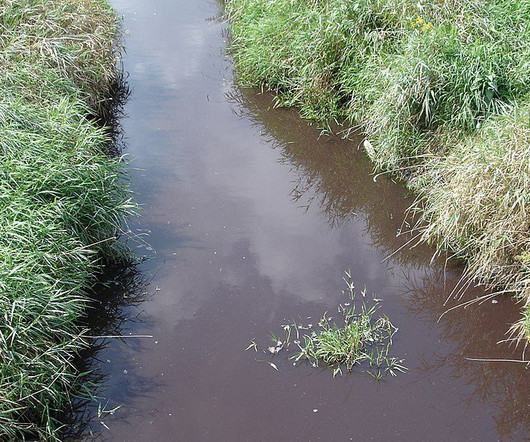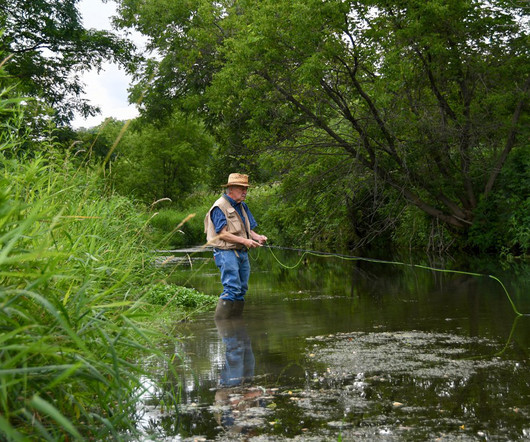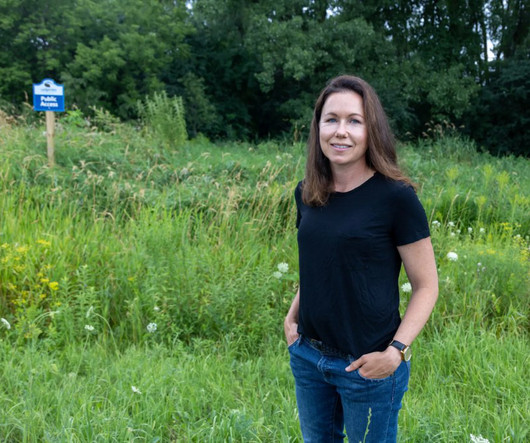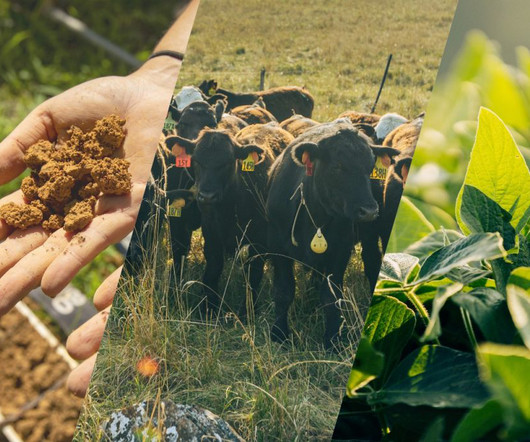Factory Farms Explained
Modern Farmer
AUGUST 12, 2024
Concentrated animal feeding operations CAFOs are defined by the EPA as intensive feeding operations where many animals are confined and fed for at least 45 days per year (though it can be much more) and inevitably their manure and waste come in contact with ground and surface water. A large CAFO is at least 1,000 “animal units.”An













Let's personalize your content